We have the solutions
Now is the time to transform how our cities are planned,
designed, and operated so that we create a new type of
resilience – one that allows infrastructure, communities,
and neighbourhoods to absorb the effects of extreme
weather whenever possible and to recover quickly and
confidently when impacts are significant.
Alongside a need for greater urban resilience, cities will
increasingly be at the forefront of limiting future
climate change. Introducing low-carbon, circular economy
approaches to core processes can be used to design-out the
very emissions that are fuelling climate change. Meanwhile
large-scale energy efficiency retrofits for existing
building stock or energy-intensive sectors have the
potential to lower cities’ baseline emissions
significantly.

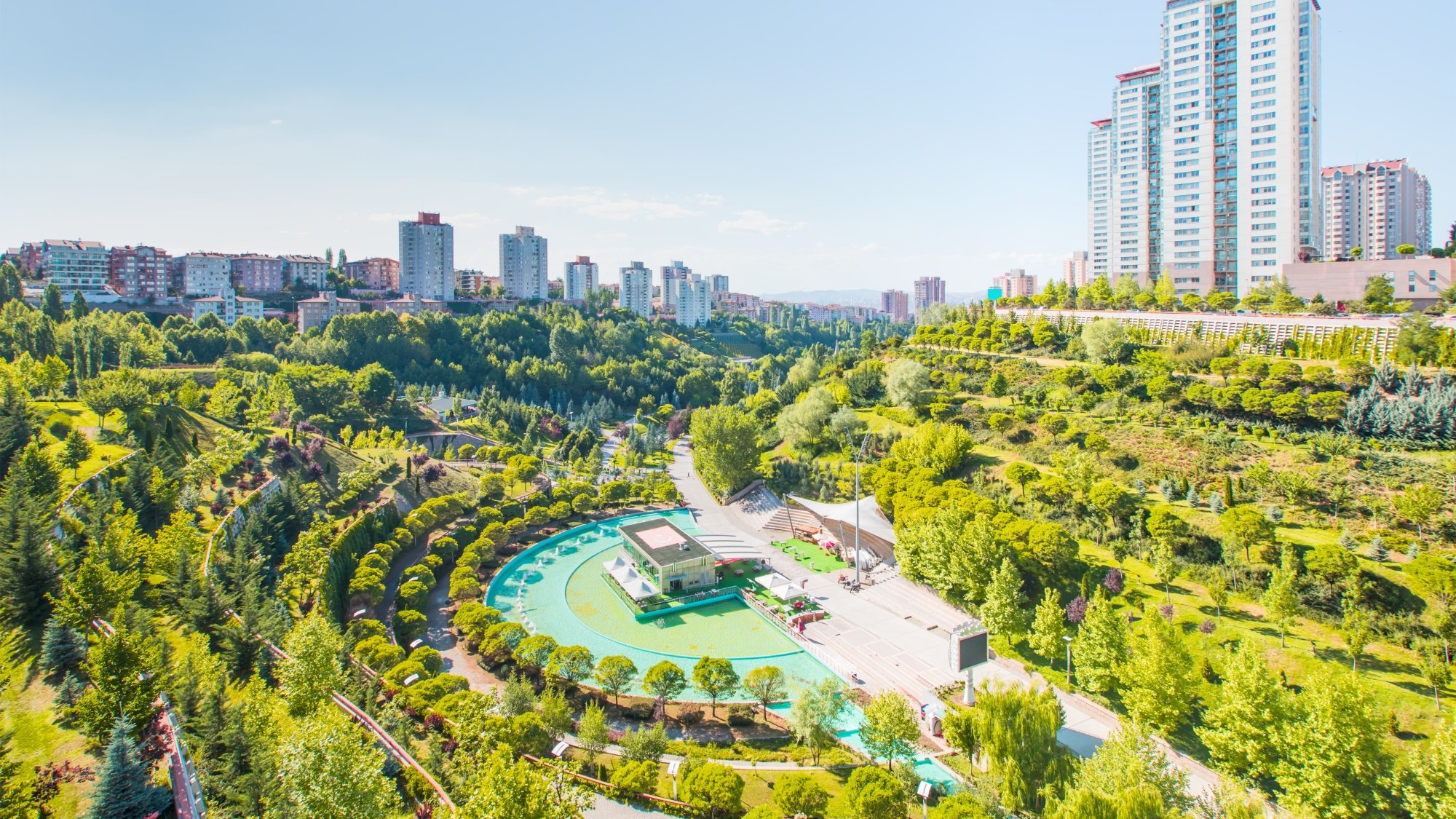
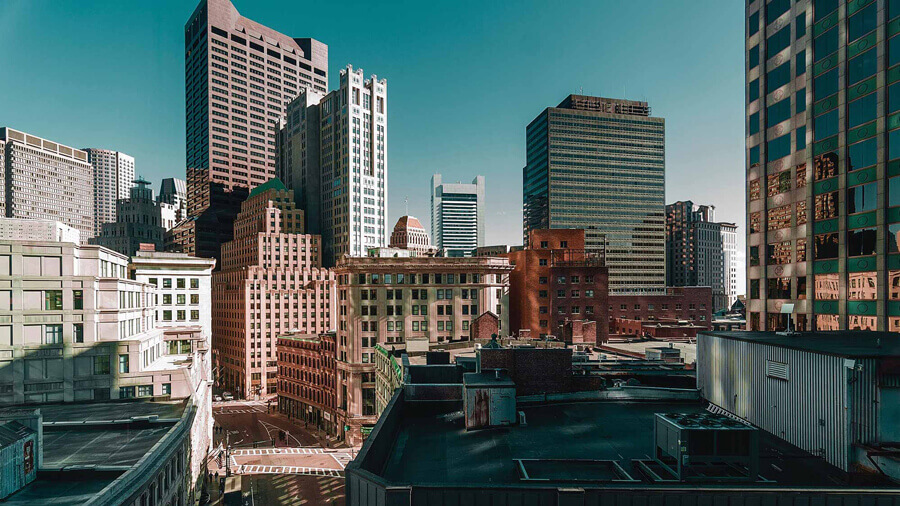
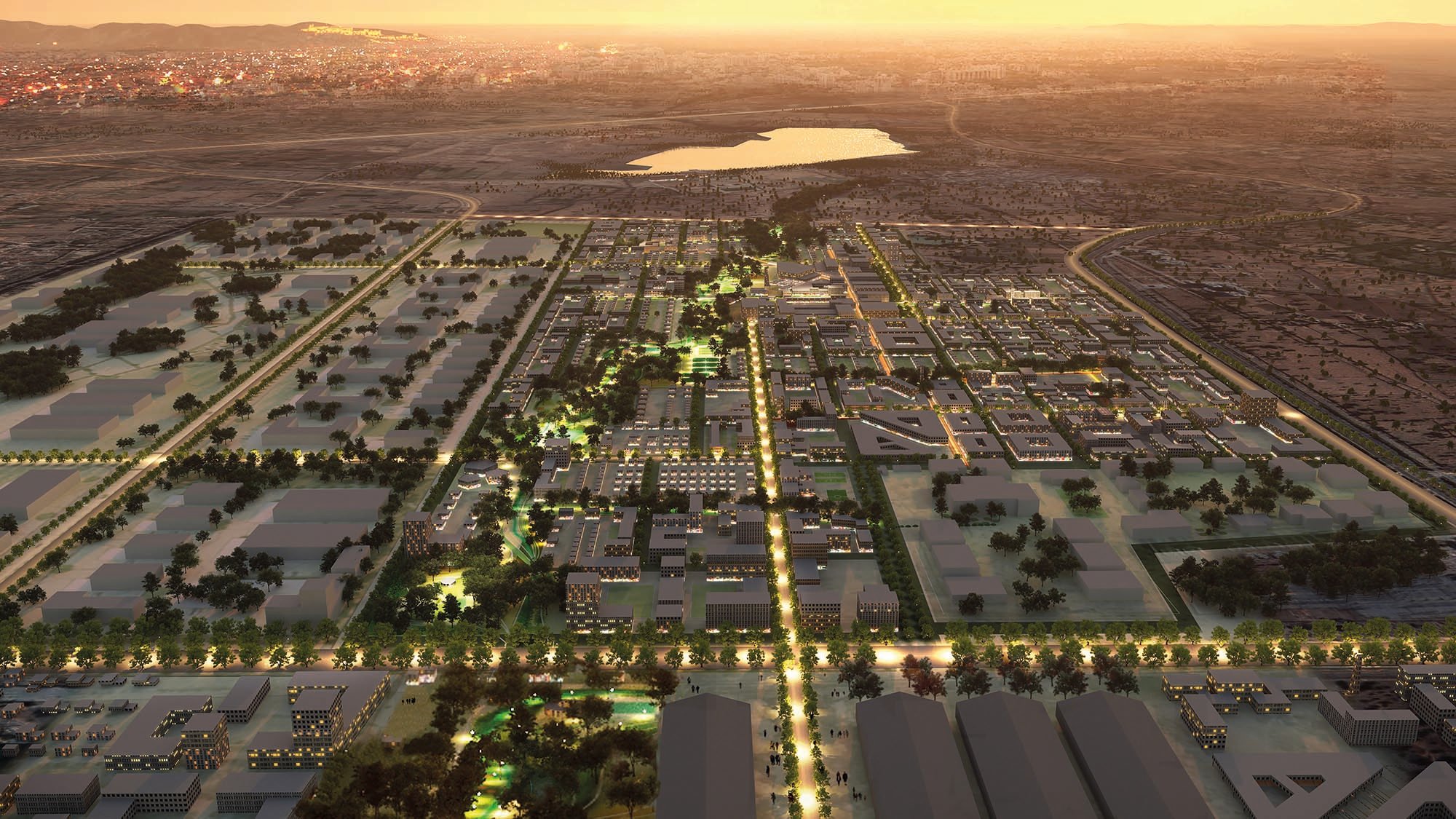
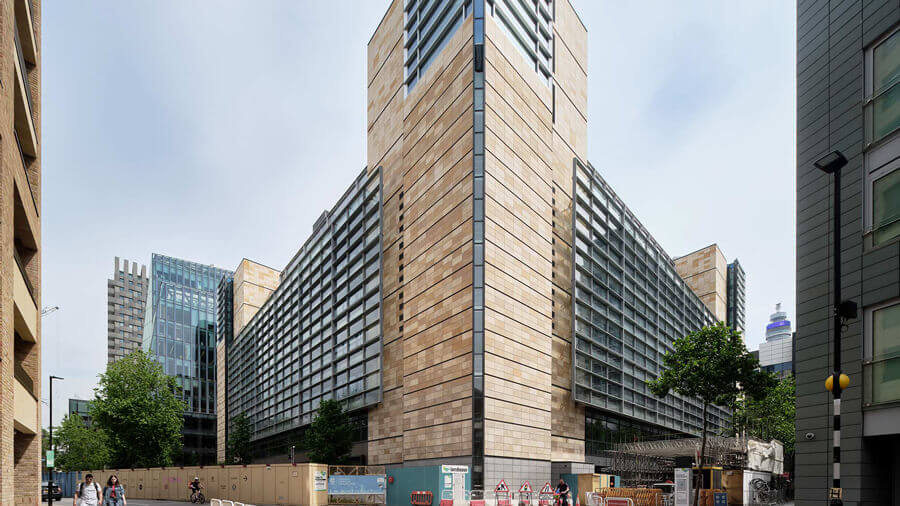
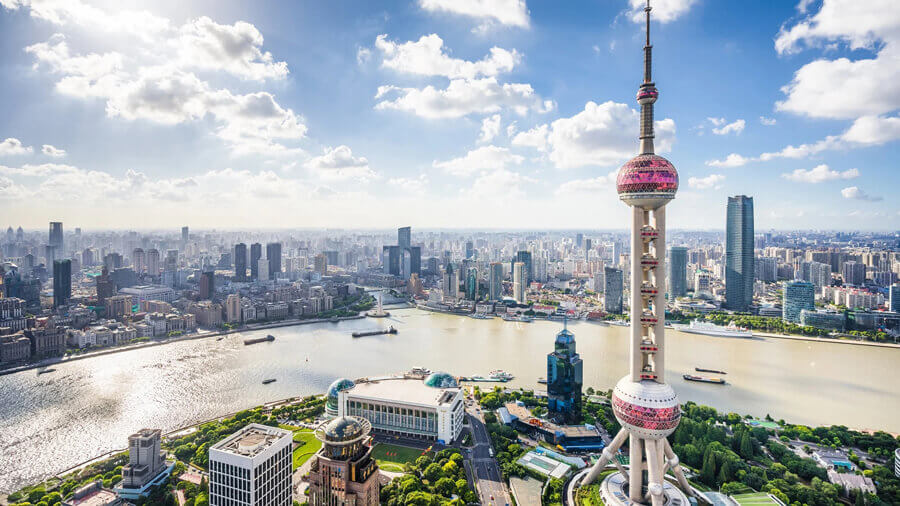


.jpg)



